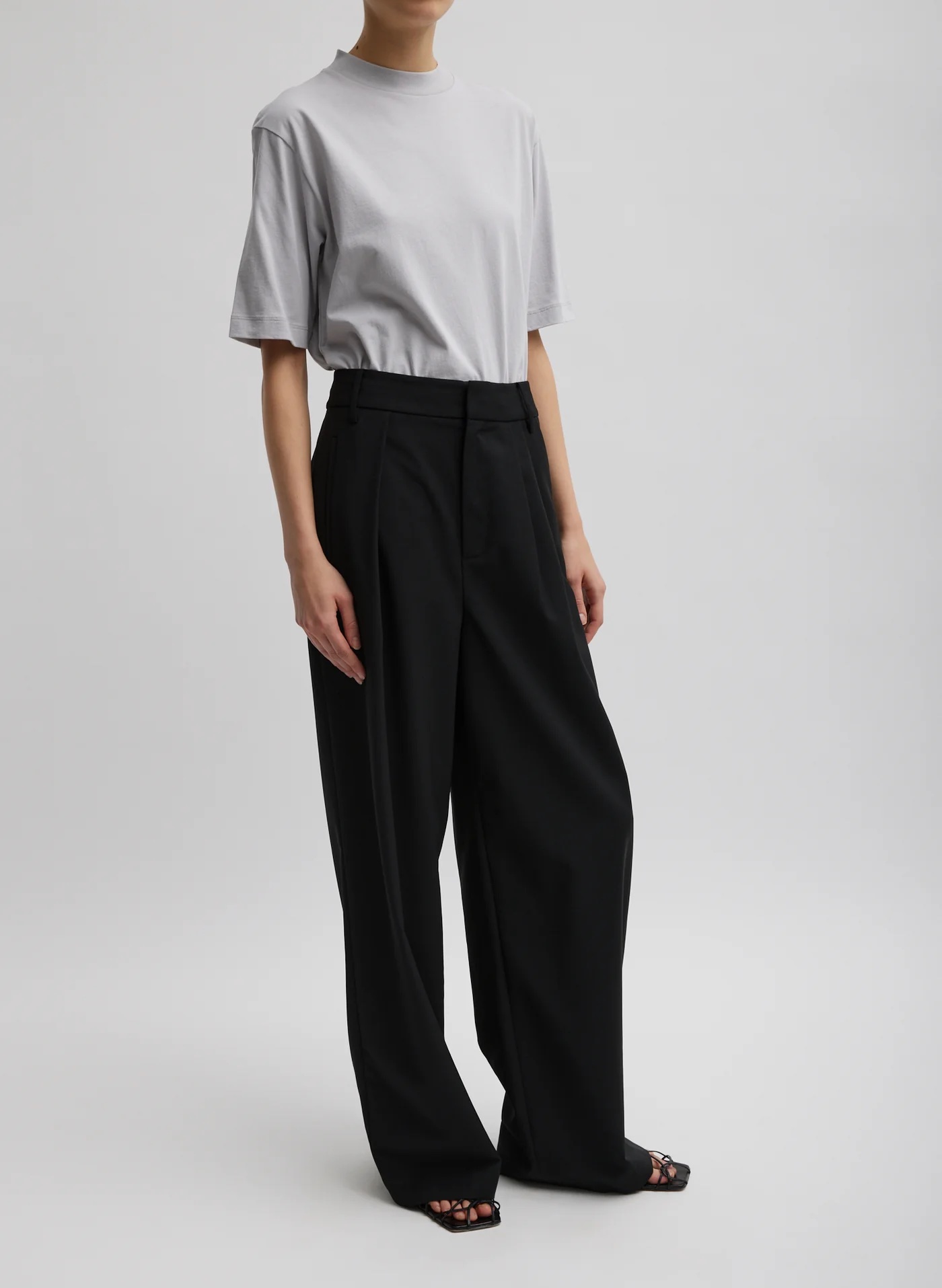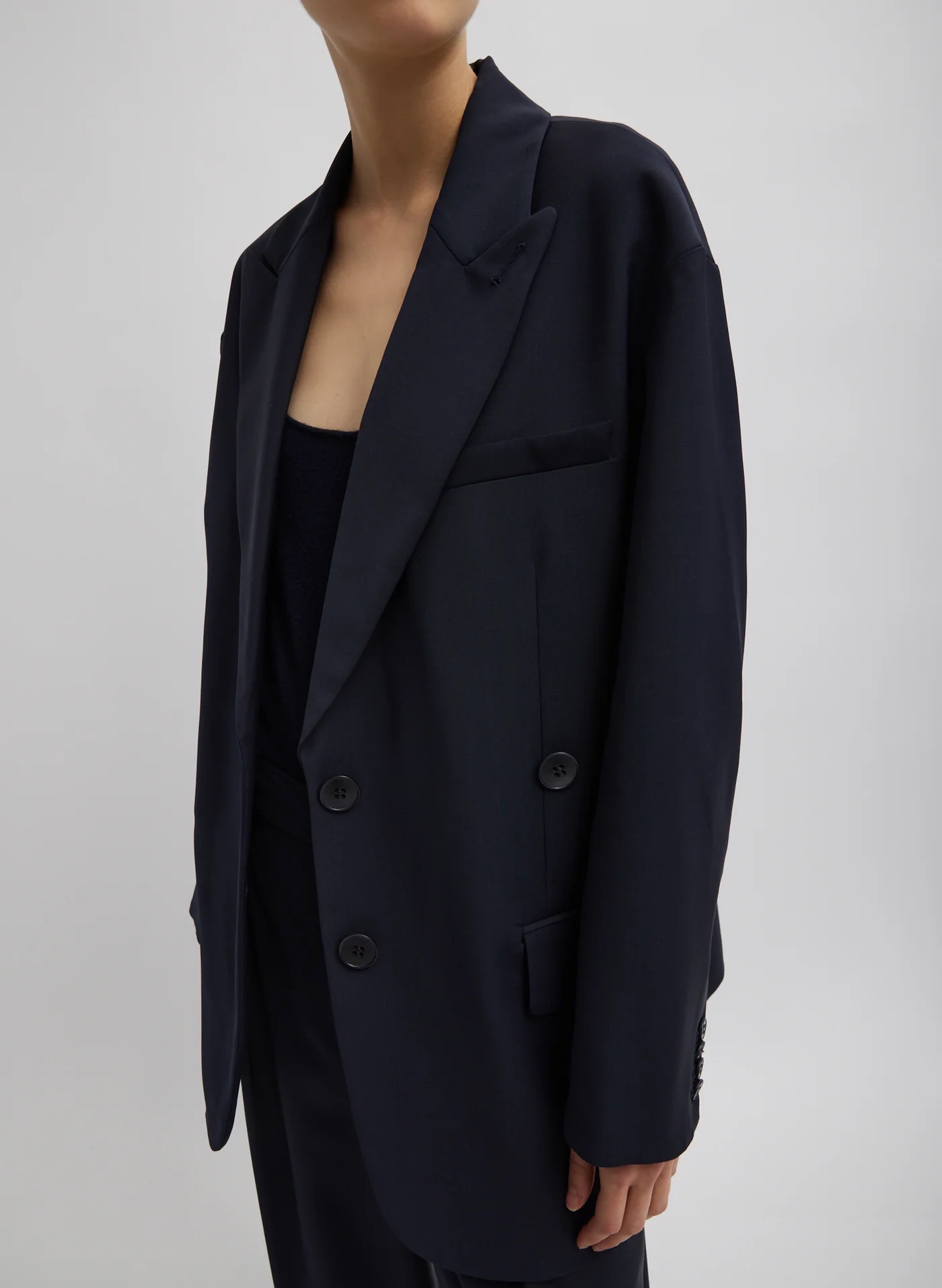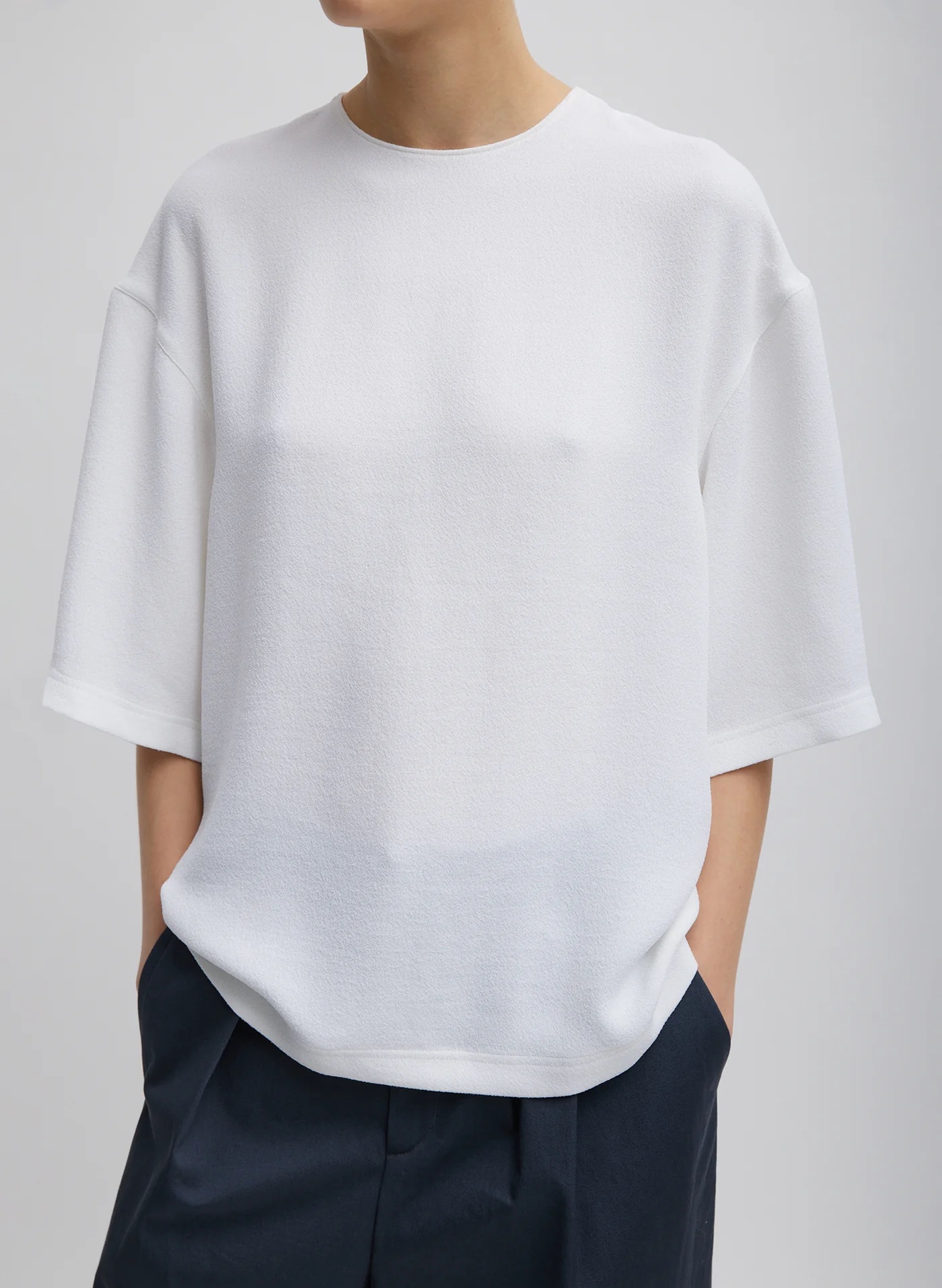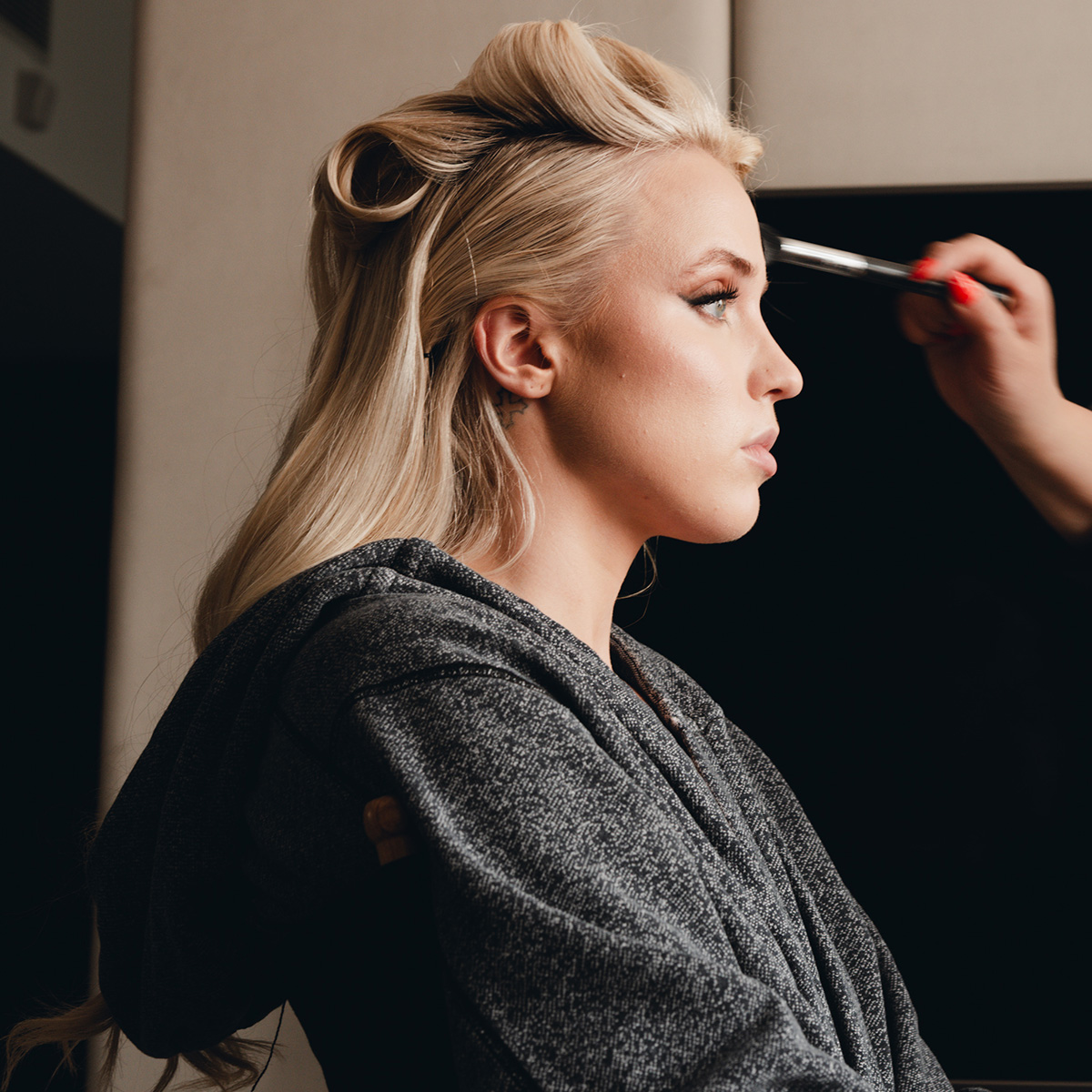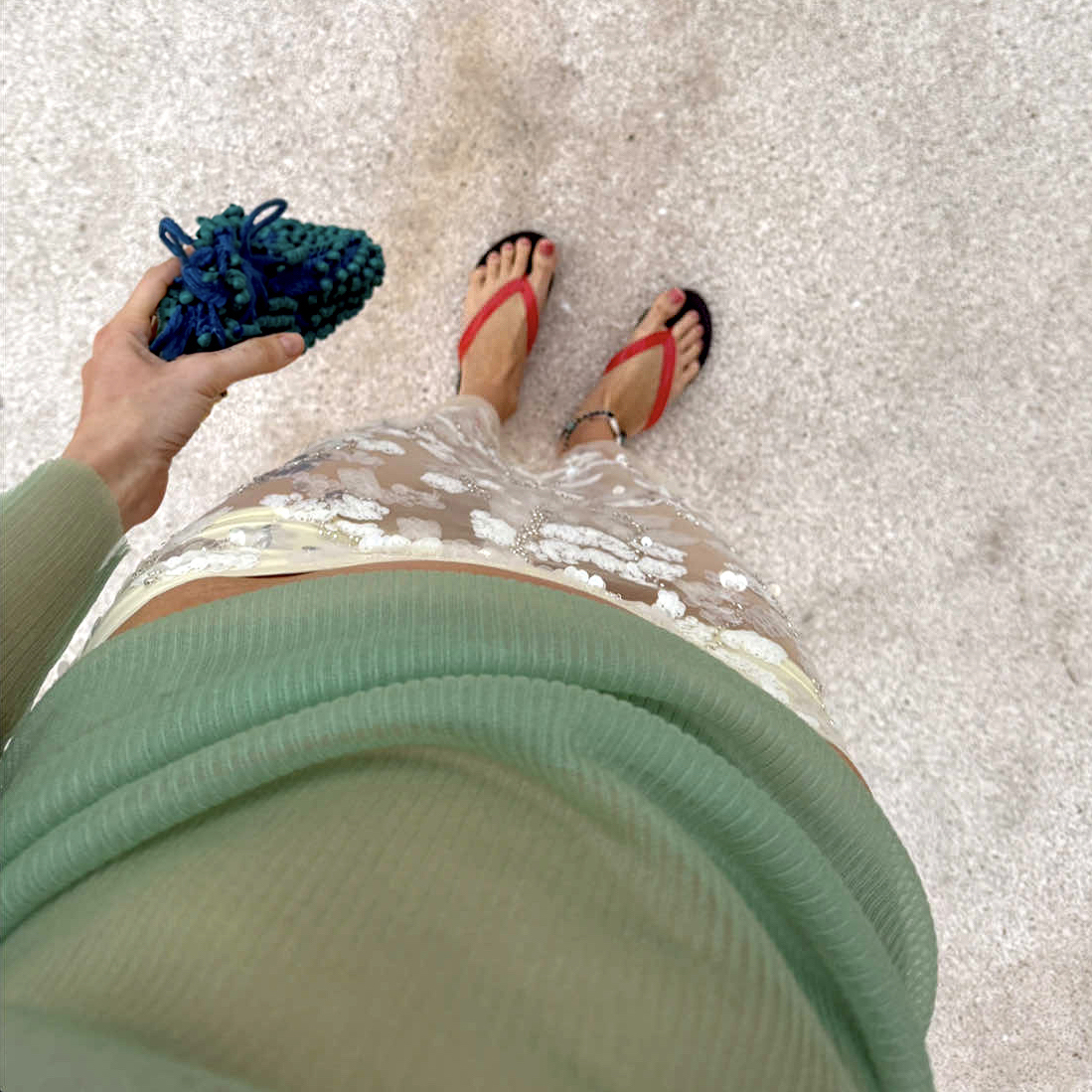How Tibi's Founder Came Up With Her Signature Style Phrase
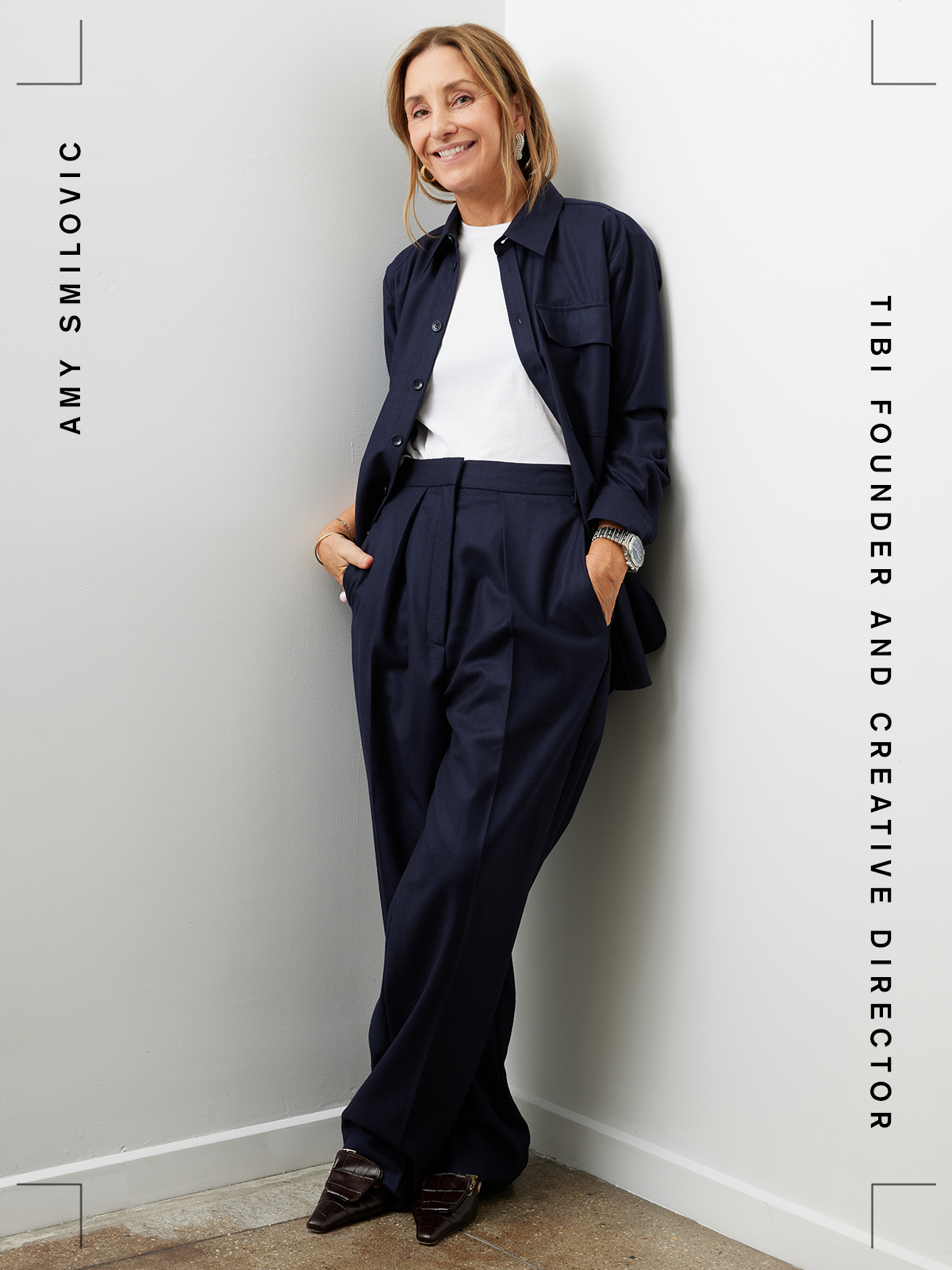
Welcome to our podcast, Who What Wear With Hillary Kerr. Think of it as your direct line to the designers, stylists, beauty experts, editors, and tastemakers who are shaping the fashion-and-beauty world. Subscribe to Who What Wear With Hillary Kerr on Apple Podcasts and Spotify.
Amy Smilovic, founder and creative director of Tibi, doesn't fit her personal style—or her brand—in one box. This realization led Smilovic to coin the term "creative pragmatism" in her book The Creative Pragmatist. "The idea was born out of just frustration that I had had for years not being able to define my brand in one word, which seems to be the expectation in the industry," Smilovic said. As Smilovic notes, creative pragmatists have a creative eye but are grounded in practicality. "I came up with the term creative pragmatists to really describe someone who is highly creative and expressive, but they're still very pragmatic," Smilovic said. "Their feet are really rooted on the ground."
For the latest episode of Who What Wear With Hillary Kerr, Smilovic sits down with Who What Wear Editor in Chief Kat Collings to share how she landed on her signature phrase, what defines a Without Fail in your wardrobe, and more.
For excerpts from their conversation, scroll below.
I'm thrilled to sit down and talk about your philosophy and the book you wrote about it. It's all centered around creative pragmatism—a term that you coined to describe your personal style as well as your design ethos. For those who may be a little less familiar, can you share a little bit about where this idea came from?
The idea was born out of just frustration that I had had for years not being able to define my brand in one word, which seems to be the expectation in the industry. People ask you, "Are you sexy? Are you edgy? Are you feminine?" I never could say just one, and I needed to come up with a word—or at least a phrase—that people could immediately understand what my brand was about and that would not make it so singular in focus.
I came up with the term "creative pragmatist" to describe someone who is highly creative and expressive, but they're still very pragmatic. Their feet are rooted on the ground. What they wear has to be very tethered to functionality. It was just this notion that someone could be drawn to prints. You could be drawn to color, and you could also be drawn to minimalism and hardcore functionality. People really are convinced you're either one or the other, and I feel very comfortable living in the gray.
I don't see things in black-and-white. I know that there's a nuanced middle, but sometimes, if you give a name to it, it allows people to get their arms around it a little bit faster and understand it. It turned out that a lot of people were frustrated by these one-name descriptions. They were much more multidimensional than those names would indicate. Creative pragmatism was a good way for a lot of people to describe their style.
Do you find that some pieces you design lean more on one end of the scale of creative and some are more pragmatic and more utility oriented?
In this exercise that started around 2019 of coming up with the idea of creative pragmatists, the next thing was coming up with this idea of describing what had to be baked into the clothing in order for something to make me feel creative and pragmatic at the same time. That is when I came up with the idea of defining myself by three adjectives. This was around 2020. It was right when COVID hit, and I had started talking online and doing more and more stories.
The concept of describing myself in three ways as chill, modern, and classic all at the same time seemed to encapsulate what I was about and what I craved in my clothing. … For the pieces that I wear the most, they are all three of those things at all times. Some things might be a little more chill. Maybe it's a sweatpant, but it still has to be modern, and there still has to be a classic element to it. Something might be super, super modern, but if it's not a bit effortless and if I can't see a through line to heritage somewhere, then it feels like modernity for the sake of modernity.
We design very heavily in that sweet spot—a balance of chill, modern, and classic, which is what a creative pragmatist is drawn to.
You also have this concept of WOFs—Without Fails—and they're a key component of our creative pragmatist's wardrobe. Will you tell us quickly what those are? How much of your closet should be Without Fails?
Without Fails are literally the definition, right? … Every time, you can pull them out, and they work without fail. They are such a fundamental part of a creative pragmatist's closet because creativity is literally 50% of the word, right? You want to be able to express your creativity. You want to be able to push and try new things, but you also want to feel grounded, and you want to feel like yourself.
What those Without Fails do is they're so intrinsically you. They're such a part of your body and your makeup. If I were to have on a pair of navy-blue wool, oversize cargo pants, for instance. You can give me the most over-the-top piece from Margiela, Loewe, whoever, and I'm going to put it on with those pants, and you're going to see me in it. But if I put on that Margiela cutout, whatever, crazy, clear, vinyl thing… If I were to also pair it with a pair of pants from JW Anderson, that's street style. It's someone else's style. I wouldn't see me in there anywhere. I wouldn't have that through line.
Those Without Fails are that through line so that, no matter what you're experimenting with, you still find yourself in there. … If you're going shopping and you're really wanting to push and buy something new, always shop wearing one of your Without Fails. If I'm trying things on at Balenciaga and I know that I'm going to wear it with my big pleated Stella Pant or my big Liam Blazer and it's going to work together, now I know for certain I'm gonna wear it. And I'm gonna wear it a lot.
If I've got to buy a whole new wardrobe to support this thing, it's never gonna happen. These Without Fails, they are your through line. They do have to have a point of view. When we talk about chill, modern, and classic, that modernity is key. It's got to have a point of view. I think that's a mistake a lot of people make. When they buy a basic, they think that it has to be so noncommittal so that they can wear it every day. When something is noncommittal, it's very average. If you are choosing something that you're gonna wear every day, you're basically saying outright, "I want to feel average and noncommittal every day." No one wants that.
Let your things have a point of view, but they don't need to become the whole story. These pieces work in your closet to ground you, and then go get that amazing vintage piece. Pull out your grandmother's old sweater. When you wear it with this nylon jogger that you live in, you're going to see yourself in it, and it's going to feel like you, and you're going to be recognized—if to no one else but yourself.
This interview has been edited and condensed for clarity. Next, check out our interview with Paige founder Paige Adams-Geller.
-
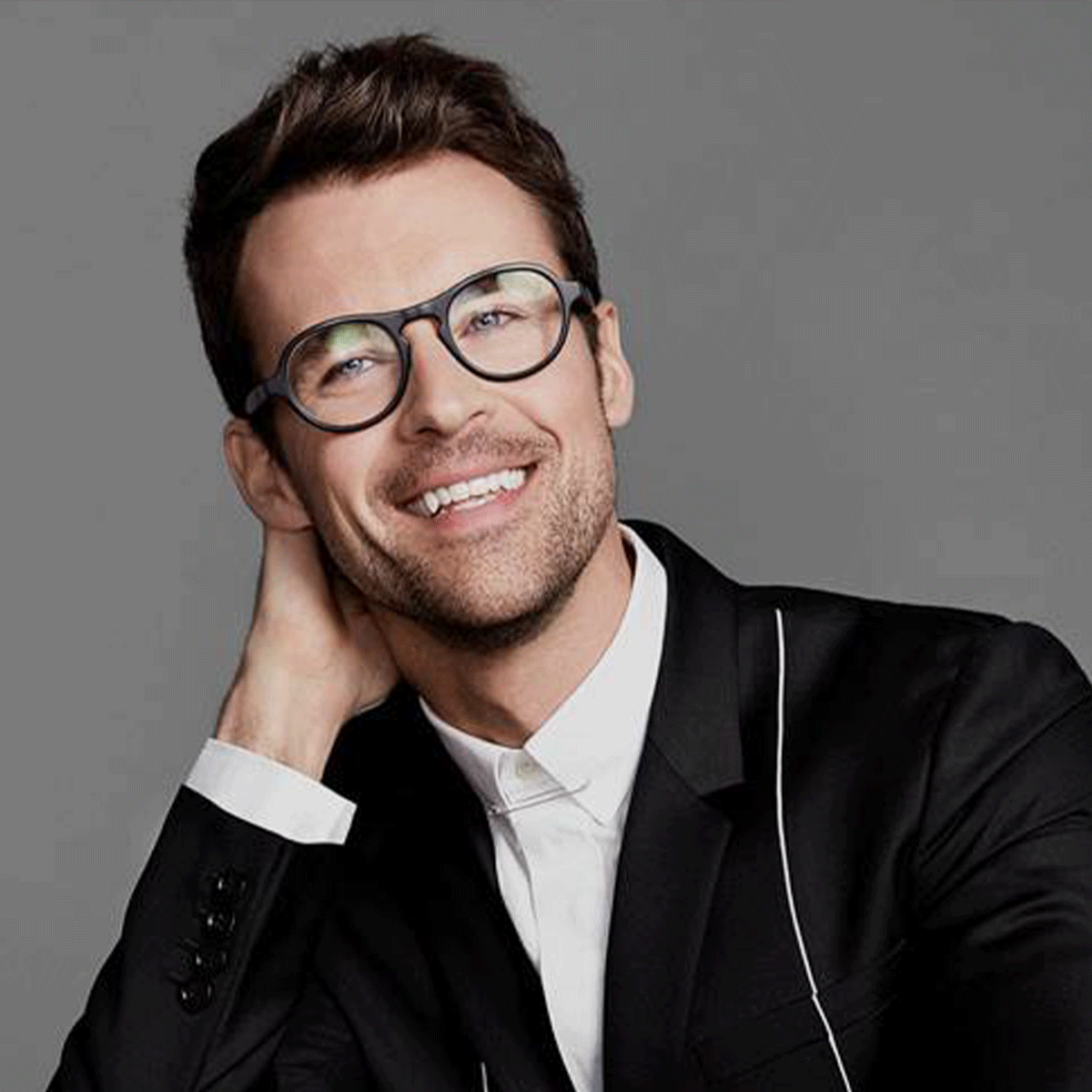 Stylist Brad Goreski on His Whirlwind Year of Red Carpet Looks for Demi Moore
Stylist Brad Goreski on His Whirlwind Year of Red Carpet Looks for Demi MoorePlus, how he brought body horror to the red carpet.
By Claire Schmidt
-
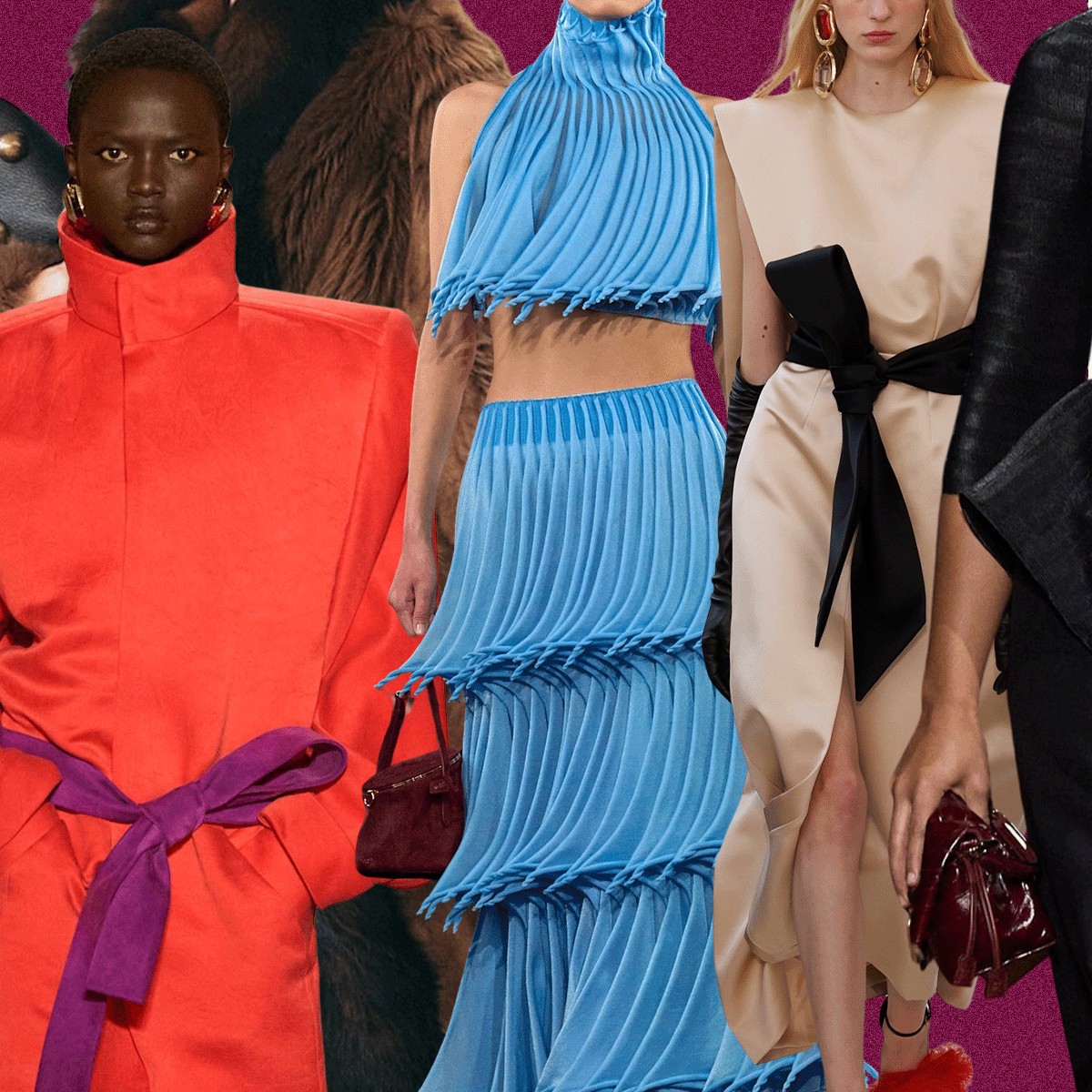 The Top Trends From Fashion Month, According to Our Editors
The Top Trends From Fashion Month, According to Our EditorsThere's a lot to keep track of.
By Madeline Hill
-
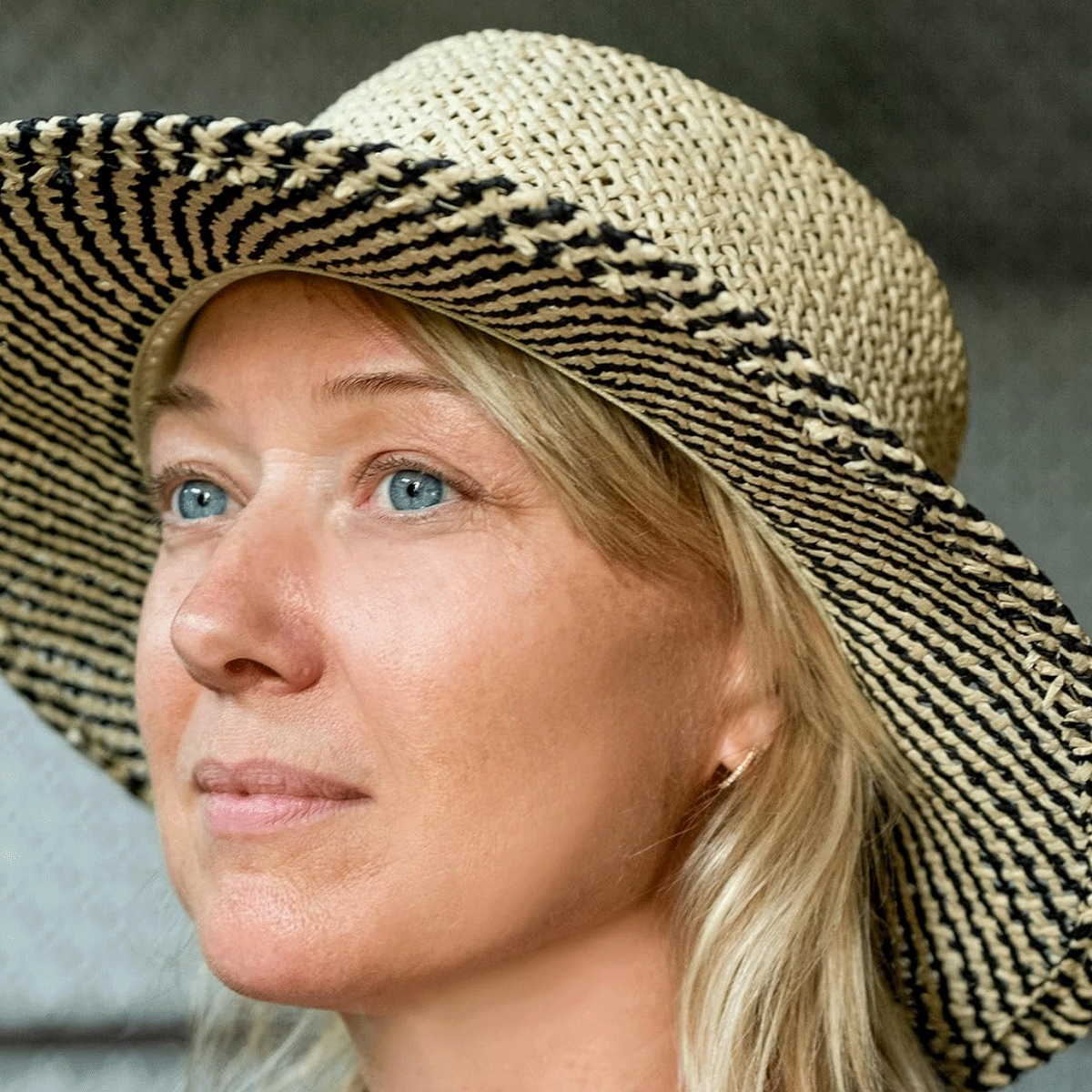 The White Lotus Costume Designer Shares How She Puts Together Those Iconic Looks
The White Lotus Costume Designer Shares How She Puts Together Those Iconic LooksPlus, how she got her start in entertainment.
By Madeline Hill
-
 Our Editor Shares Her 2025 Spring Fashion Predictions
Our Editor Shares Her 2025 Spring Fashion PredictionsPlus, the items you can incorporate into your rotation.
By Madeline Hill
-
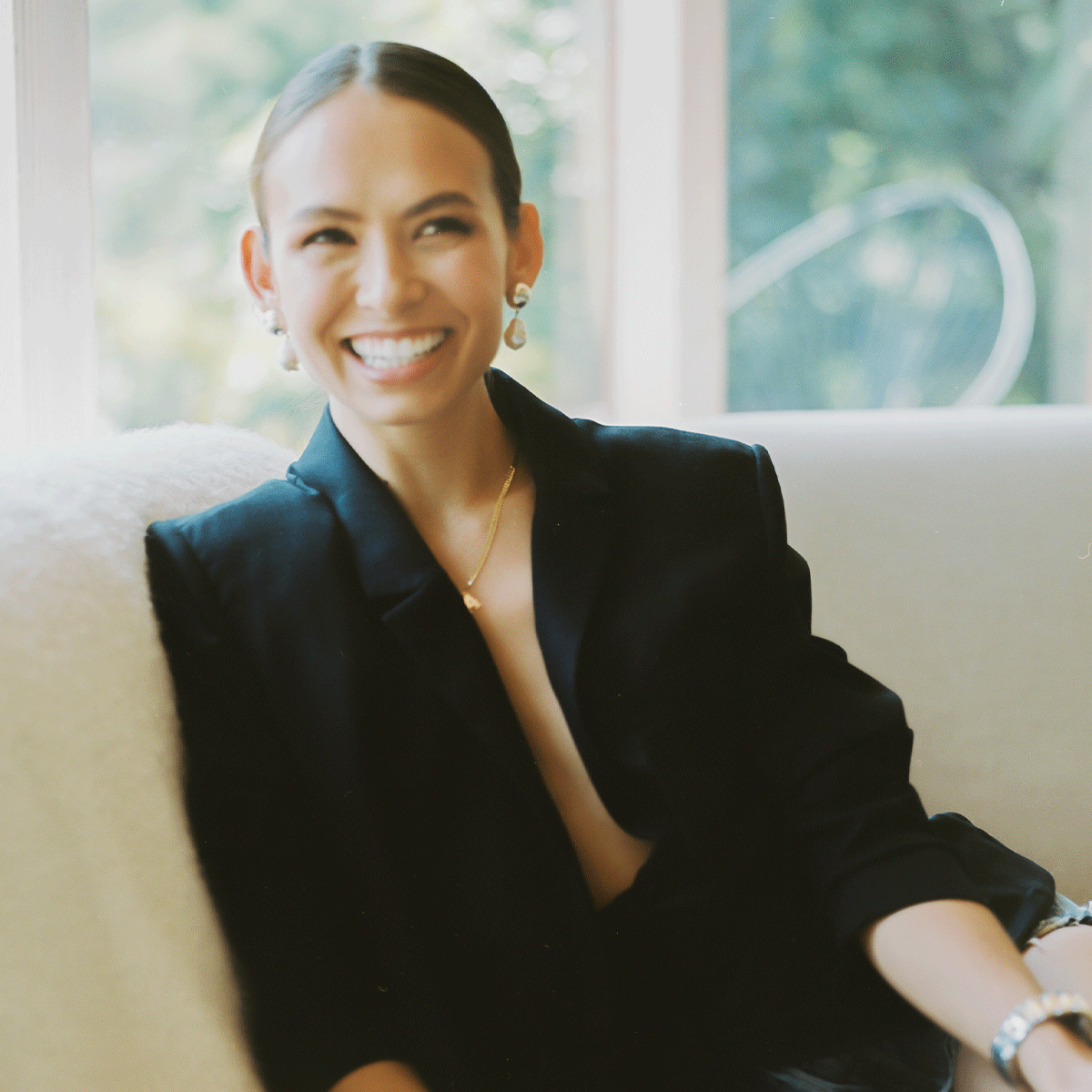 Why Sporty & Rich Founder Emily Oberg Is Launching a Sexual Wellness Line
Why Sporty & Rich Founder Emily Oberg Is Launching a Sexual Wellness LineIt's time for something new.
By Madeline Hill
-
 An Award-Season Debrief With Our Editors, From Trends to Top Looks
An Award-Season Debrief With Our Editors, From Trends to Top LooksPlus, we discuss the stylists who've been at the top of their game all season long.
By Claire Schmidt
-
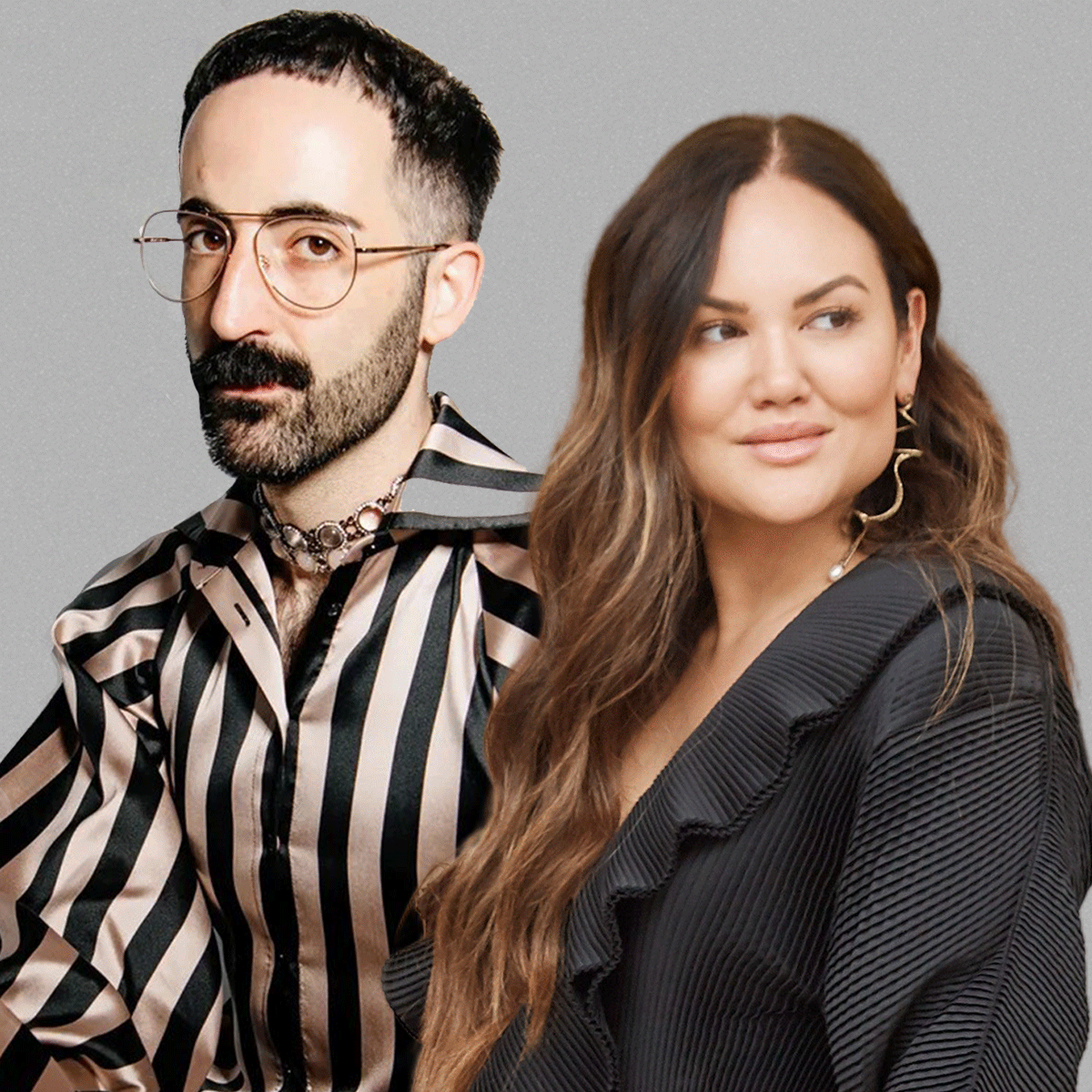 2025 Bridal Predictions From the Minds Behind Wiederhoeft and LOHO Bride
2025 Bridal Predictions From the Minds Behind Wiederhoeft and LOHO BrideMaximalism is in.
By Madeline Hill
-
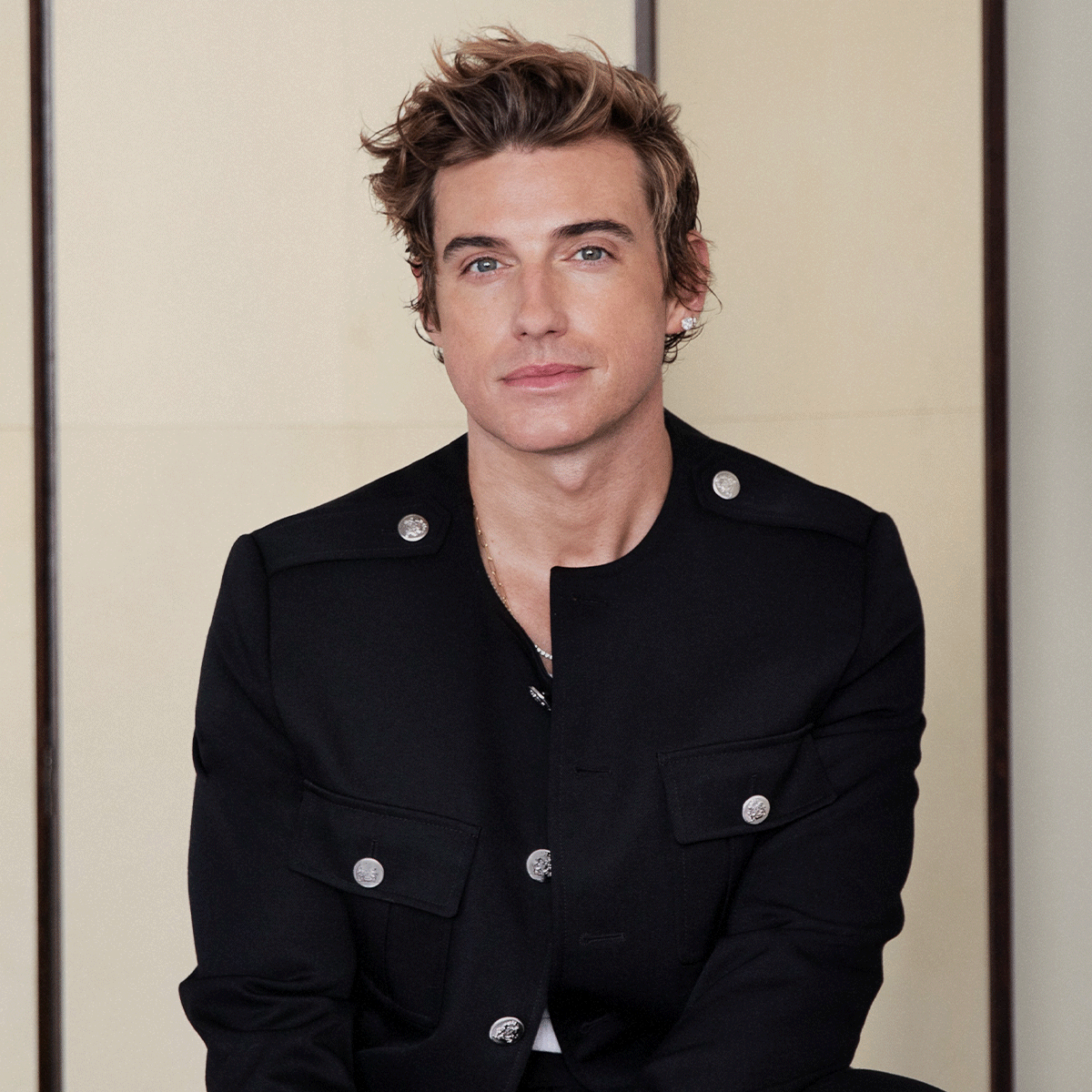 Queer Eye Star Jeremiah Brent Shares His Budget-Friendly Home Décor Tips
Queer Eye Star Jeremiah Brent Shares His Budget-Friendly Home Décor TipsPlus, what it was like joining the hit Netflix series.
By Madeline Hill
